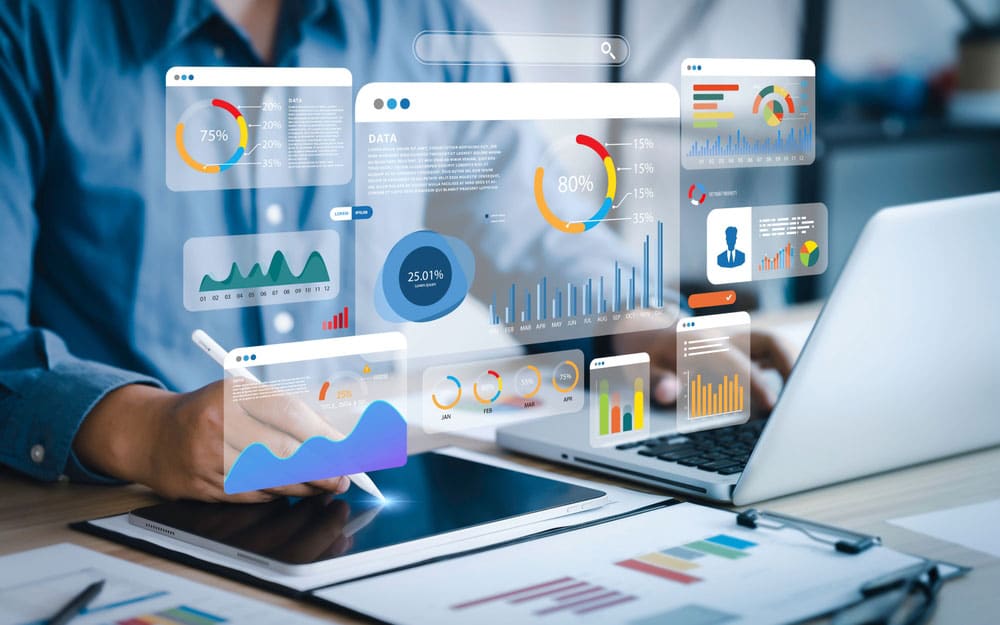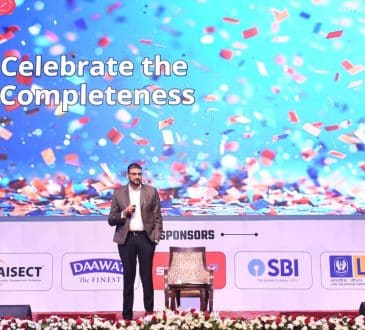From Data to Action: Using Workforce Intelligence to Power AI Strategy

Leaders are often surprised when they discover how much friction their teams face day to day. A customer service rep juggles five systems to solve a single issue. A financial analyst builds a homemade spreadsheet because the official tool lacks up-to-date, actionable data. Each extra click and context switch adds friction, hides inefficiencies and steadily erodes productivity and growth.
We’ve guided thousands of clients through the People, Process, Technology (PPT) framework to help solve persistent business challenges and drive transformation. Most leaders invest heavily in people and technology. But “process” — the connective tissue between the two — remains a blind spot. It’s often overlooked, undermeasured and prone to workarounds.
GenAI, AI models and intelligent agents have created new urgency — and new possibilities — for process transformation. But success starts with visibility. Leaders must ground their AI strategies in real data about how work happens across teams. Workforce analytics provide the insight needed to shape smarter strategies and fuel AI systems that drive results.
Start with Reality: Baseline Visibility Drives AI Success
One of the biggest challenges facing CxOs today is the lack of visibility into how work truly happens across their organizations. Without that baseline, efforts to streamline, automate or improve productivity and efficiency fall short.
Traditional process improvement methods like process mining attempt to track work activities in a bubble — recording workflows as they are expected to happen and analyzing those interactions. But this approach can introduce false positives and bias in the data. In practice, employees multitask, take shortcuts and handle exceptions that structured models can’t easily capture. These efforts are also costly and time-consuming, with enterprises often spending millions to analyze just a single process.
Workforce analytics offer a smarter, more scalable path to process intelligence. Unlike traditional methods that rely on one-time mapping or manual observation, workforce analytics continuously capture how work unfolds across systems and teams. This objective, data-driven view reveals hidden bottlenecks, surfaces process inefficiencies and highlights opportunities for both immediate wins and long-term transformation.
And chances are, the data is already in your tech stack. Just as CRM platforms like Salesforce and SAP provide the foundation for AI-powered sales tools, workforce analytics offer the same potential across HR, finance, customer support, legal and more — turning everyday activity into a strategic asset.
In Practice: AI Models and Workforce Analytics
Organizations that take this approach often uncover “a-ha” moments that drive workflow optimizations and measurable impact. In one case, a large enterprise discovered its engineering team spent up to 40% of their time in Microsoft Excel to work around shortcomings in their tech stack — an insight revealed through workforce analytics. Workarounds like this are more common than most organizations realize, and pose serious challenges to realizing the full value of AI investments aimed at identifying and automating workflows.
Other organizations have seen similar gains. AI models trained on workforce metrics like turnover rates, engagement scores and performance trends can deliver real-time, predictive insights. These models also drive productivity by identifying and scaling high-performing behaviors — and enabling proactive interventions such as targeted training and workload optimization.
- A Fortune 500 company deployed generative AI to assist customer support agents, increasing productivity by 13.8% and reducing turnover. New hires matched the output of six-month employees within two months.
- Printpack used AI-driven insights to streamline onboarding for manufacturing employees, improving hiring quality and internal mobility while reducing churn.
- IBM used AI to analyze workload and job satisfaction — achieving 95% accuracy in forecasting attrition.
These outcomes demonstrate how granular, high-quality workforce data not only powers AI, but improves accuracy, reduces AI hallucinations and ensures models deliver real-world value.
Top Considerations: AI Model Training
Integrating workforce data into training sets for AI models and agents is a cutting-edge practice. Here are a few top considerations:
- Protect Privacy: Ensure workforce analytics platforms don’t collect sensitive data and that all insights are anonymized and aggregated.
- Track Inputs and Outputs: Include productivity, efficiency and well-being metrics to understand what drives success.
- Balance AI with Human Judgment: Let AI support — not replace — decisions that require empathy, context or critical thinking.
- Monitor Continuously: Regularly audit AI models for accuracy, fairness and unintended consequences.
- Consider the Human Impact: Align automation goals with employee experience and organizational health.
Scaling Up: AI-Powered Process Improvements
The long-term potential of AI on productivity is massive. McKinsey estimates that AI could unlock $4.4 trillion in gains — and 92 percent of companies plan to increase AI investments over the next three years. Yet, only one percent of leaders say their companies are ‘mature’ on the deployment spectrum, meaning that AI is fully integrated into workflows and drives substantial business outcomes.
So why the gap? It’s not just about workforce readiness. The real challenge lies in aligning leadership, strategy and systems to support transformation. As McKinsey noted, “The biggest barrier to scaling is not employees — who are ready — but leaders, who are not steering fast enough.”
The challenge isn’t whether AI can solve business problems. It’s whether leadership can drive effective AI adoption and change management at scale. Workforce analytics help organizations bridge that gap. Leaders who ground their AI strategy in workforce intelligence won’t just see faster adoption; they’ll be better equipped to unlock innovation, growth and long-term competitive advantage.
Written by Heidi Farris.
Have you read?
The World’s Best Medical Schools.
The World’s Best Universities.
The World’s Best International High Schools.
The World’s Best Business Schools.
The World’s Best Fashion Schools.
The World’s Best Hospitality And Hotel Management Schools.
Bring the best of the CEOWORLD magazine's global journalism to audiences in the United States and around the world. - Add CEOWORLD magazine to your Google News feed.
Follow CEOWORLD magazine headlines on: Google News, LinkedIn, Twitter, and Facebook.
Copyright 2025 The CEOWORLD magazine. All rights reserved. This material (and any extract from it) must not be copied, redistributed or placed on any website, without CEOWORLD magazine' prior written consent. For media queries, please contact: info@ceoworld.biz








